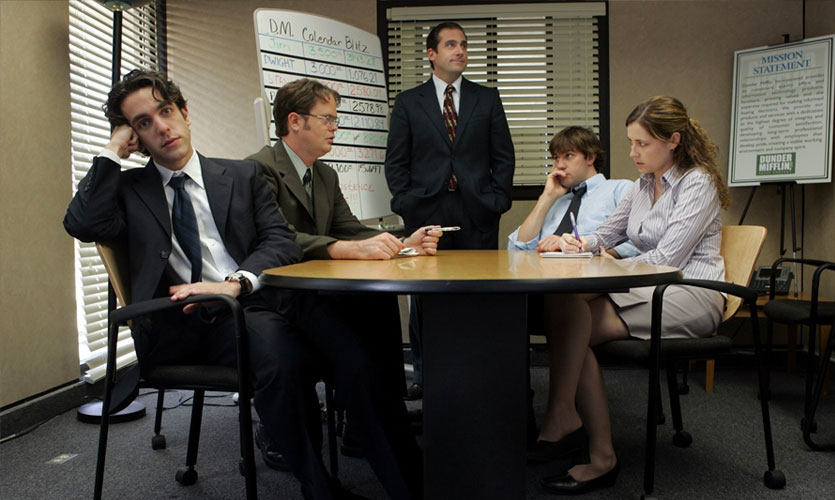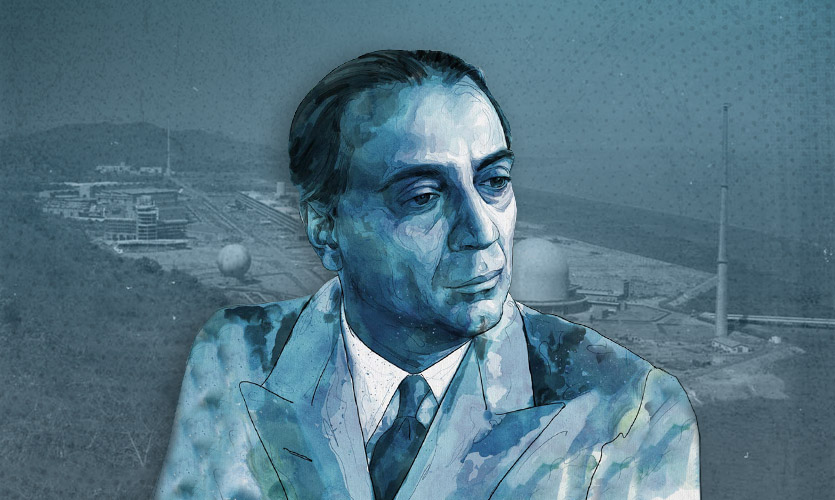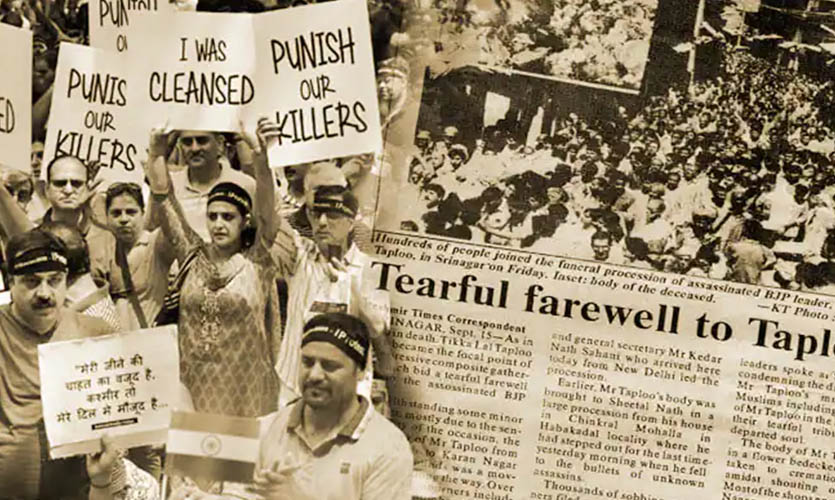From casting an ordinary bunch of people and hiring amateur writers, to sidelining a love story, how the show capturing the mundane lives of a group of people became a recipe for satisfying television.
The Office was the most watched series in 2020 across all streaming platforms, according to a Nielsen report, with viewers watching 57 billion minutes of the cultural staple originally aired on the television broadcast company NBC from 2005 to 2013. 15 years after it aired, pop star Billie Eilish said in an interview, ”When I wake up, I put on The Office. If I’m making a burrito, I turn on The Office,” How did a show about middle aged office workers working in a dying mid-sized paper company attract people of all ages?
John Krasinski who plays Jim recalls his audition. While waiting for his turn someone sitting next to him asked him if he was nervous about the audition. Krasinski replied, “I’m terrified for the person creating the show because Americans have such a track record of taking brilliant shows and ruining them.” Turns out that someone was executive producer Greg Daniels. While the show runners had a good laugh about this at Kransinski’s expense, his statement defined the general sentiment felt across the board by network executives and audiences because the UK office had indeed set an unprecedented benchmark. The UK version created by Ricky Gervais and Stephen Merchant was a unique comedy at the time and there was nothing like it on American television. NBC was looking to fill the gaping hole left by the hugely popular sitcom ‘Friends’ on their network. In fact TV comedies were all about Friends in the early 2000s. The show had cracked the formula of success on Prime Time, bringing in tons of advertising dollars with them: six good looking people living the young and exciting life in the youthful city of New York.
There were some sitcoms that were edgy and quirky but they didn’t appeal to large audiences. FOX’s ‘Arrested Development’ had dismal ratings, a single camera mockumentary with no laugh track and a story about a highly dysfunctional family was hardly a model for TV comedy. In fact, The Office is often credited with mainstreaming the mockumentary format. It successfully mocked an entire genre of TV- docusoaps – reality TV genre where ordinary people acted out their lives while being incredibly unaware in front of the camera. Michael Scott represents that culture, always saying something incredibly embarrassing or cringeworthy to seek attention. However, back then it barely made the cut. Imagine an elevator pitch for The Office in the 2000s. It would look something like this:
So we have an unlikeable lead,
No actor is attractive as per the traditional TV standards.
It is crass. It is cringe.
There is no laugh track.
Oh and it is also a faux documentary laced with political incorrectness.
Back then this was hardly a standard. It defied all the conventional broadcast comedy rhythms and tropes, finding its language in the comedic appeal of awkward and often cringe situations. Comedies at the time were an escape from reality. The Office flipped this narrative, setting the show in the exact workplace that viewers wanted to escape. Set in the dull town of Scranton, Pennsylvania, a bunch of strangers are forced to work together at an obsolete paper company reflecting the drab reality of corporate culture in America. Like cogs in a machine, they had dead end jobs, passing time in endless meetings and sales pitches, where the most exciting part of the day would be playing a prank on someone.
Reinventing Michael Scott
The first season did not do so well. In his podcast the Oral History of the Office, created by Brian Baumgartner who plays the accountant Kevin Malone on the show, the Network employees ranked the pilot a 1 on a scale of 1 to 10. Reluctantly, the show was picked up for just five more episodes. At the time, a conventional NBC comedy had 22 episodes, so there was little hope for The Office. However, despite the low ratings, an unprecedented turn of events changed the course of the show’s history. Steve Carell starred in The 40 Year Old Virgin. There was something about Carell shouting “Aaaah Kelly Clarkson” while getting his chest waxed that resonated with audiences. It made him a box office comedy star overnight. But it wasn’t enough that Steve Carell was a big star, the writers needed to make some substantial changes to the character of Michael Scott and slightly change the narrative of the show in order to make it work for American audiences. In season 1, Michael Scott was a mirror image of Ricky Gervais’s David Brent who had no redeeming qualities. Michael Scott had a slick Gordon Gekko look, resonating with the corporate culture of the early 2000s fully unaware of the intricacies of the gradually emerging woke culture. As the regional manager of a mid-sized paper company, he repeatedly made tone deaf and downright offensive statements to his subordinates. Greg Daniels argued that they needed to add 20 percent of what made Carell likeable and endearing in The 40 Year Old Virgin to the character of Michael Scott. That’s how the Michael Scott we have come to know and love was created in season 2 of the show.
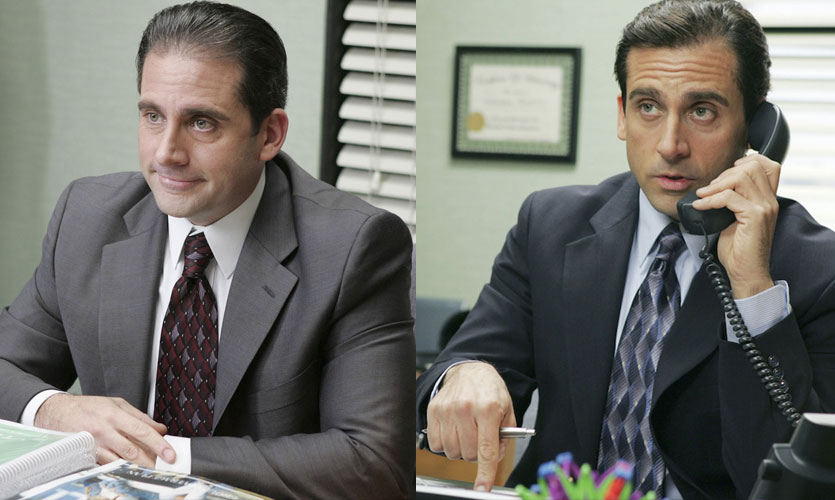
A Writer – Performer Formula For Success
B.J. Novak was the first to be cast for the show. He wasn’t just hired as an actor but also a staff writer for the show. Mindy Kaling was hired as a writer first, later joining the cast of the show as the narcissistic, self-absorbed and attention seeking Kelly Kapoor. Similarly, Paul Lieberstein was never meant to act. He played H.R. representative Toby in the second episode of season 1. The writers saw potential for a relationship between Michael and Toby, making Lieberstein a regular on the show. The hilarious but rarely seen Mose Shrcrute, Dwight Shcrute’s cousin is actually writer Mike Schur who went on to produce iconic shows like Brooklyn Nine-Nine, Parks and Recreation, and The Good Place. There was a unique writer-performer dynamic on set. The writers had the opportunity to adjust their writing according to the actor’s strengths. This created a feedback loop. The writers often approached the actors for their opinion. For instance, during the filming of season 1, Greg Daniels called Jenna Fischer who played Pam asking about her thoughts on why she was with Roy, her onscreen fiancé of three years. Interestingly, Jenna had written a three page backstory about Pam, which became an inspiration for the writers to develop her character.
Usually, network television functions like a factory where the writing staff writes jokes that are then passed down to the actors. Often the actors and writers resent each other. Not only did the show have a prolific writers room, it also had a cast with stellar improvisation abilities. This unique relationship gave room for some iconic unscripted scenes. For instance, in S3E1, ‘Gay Witch Hunt’ the Michael-Oscar kiss was completely unscripted. The scene was supposed to end with a hug, but Carell took it to the next level.
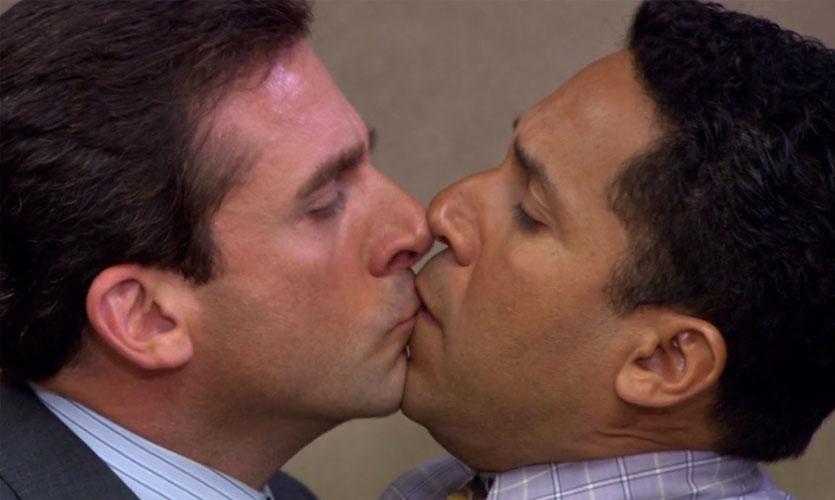
How did the writers come up with unique situations for an otherwise boring office setup? Often the writers would take cues from situations arising in their own writers room to flesh out interesting and hilarious story lines. Greg Daniels remarks that he hired writers who were animated and passionate. They were not afraid to challenge him. In her book, Is Everyone Hanging Out Without Me (And Other Concerns) Mindy Kaling hilariously points out, “What did we fight about? I wish I could say they were big, smart, philosophical issues about writing or comedy, but sometimes they’re as small as ‘if we do that cold open where Kevin dumps a tureen of chili on himself, I will quit this show. ’”
The writers also dealt with social issues without being too heavy handed. An apt description was given to the show when it won the Peabody award, “The Office explores the monotony and inanity of the daily grind while highlighting the simple pleasures that make the working world bearable. All the while, sharp observations about American society slip through in the guise of comedy.”
An Endearing, Timeless Love Story
Every good show is about relationships. For The Office, the relationship between Jim and Pam leaves a long lasting impact on the viewer. A common structure for a sitcom would be to have a whacky boss on the sidelines while the love story pans out in the centre. Mike Schur said they flipped this narrative upside down. He points out, “It makes the wacky boss into a viable character worthy of introspection and layering and dimension. No one usually cares about what’s going on in the wacky boss’s emotional life. It also means that when you shove the romance into the corners. [Then] it becomes this very delicate gossamer spiderweb of glances and tiny little moments. [In this way,] you have fundamentally changed [how] audiences relate to romance.”
Many of the romantic moments between Jim and Pam that you would expect to be grand onscreen are played subtly. For instance, the first Jim and Pam kiss in S2E1 ‘The Dundies’ catches people off guard. It is not over the top, you don’t see a cathartic kissing scene with the pomp and the works. Similarly, Jim’s proposal to Pam was at a gas station. As the love story plays on the sidelines, often the viewer catches only glimpses of the romance. Some of the most heartfelt moments between the pair take place silently. For instance, in S2E20 ‘Drug Testing’, Pam jinxes Jim, forcing him to stay silent till he buys Pam a Coke. Pam says, “You look like you want to tell me something, you look like you have something really important to say and you just can’t for some reason. Come on Jim you can tell me anything” and Jim’s face just falls, like his stomach dropped. In that moment the viewer can feel Jim’s hopeless romantic feelings. Similarly, the pair’s real first kiss in S2E22 ‘Casino Night’ is angled to make the viewer feel like they are peeking through the blinds to witness a private moment, making it very real.
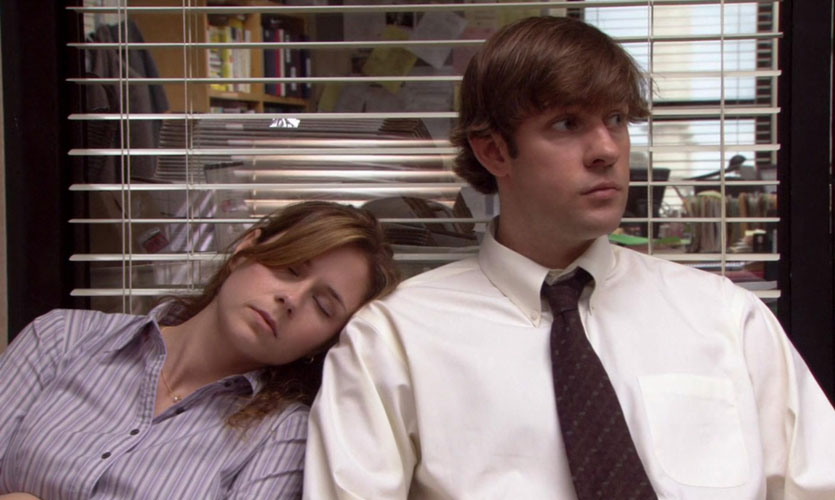
Despite the shaky two seasons that followed after Carell’s departure from the show in season 7, The Office remains a hallmark in TV history. In a time where one has access to unlimited content, a burnt out generation working from homes and cafes, unaware of the traditional office spaces finds solace in the bygone era of 9 to 5 work culture. Today, young people are told that finding jobs is not just about earning money, that they also must find meaning and fulfilment in their work. This notion is romanticised by social media where influencers are always “living the dream.” In reality we live in a society where there are far too many people chasing too few jobs. The disparity between what’s real and the facade created by social media has fuelled anxiety and depression in an entire generation. In this chaos, The Office is satisfying to watch precisely because it is mundane. In an age where information is limitless, it is an escape from the hyper competitive world we live in. Nothing concludes it better than the final dialogue of the show- There’s a lot of beauty in ordinary things, isn’t that kind of the point?”
Deep Dive is a weekly column written by Ashini Jagtiani exploring subjects that have revolutionised the socio-cultural fabric of society.


